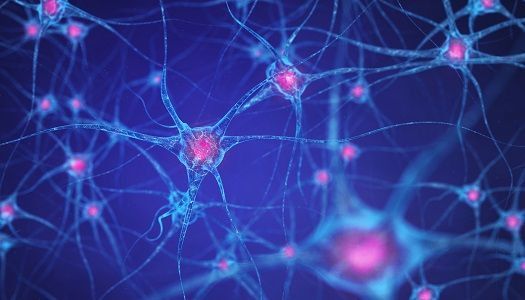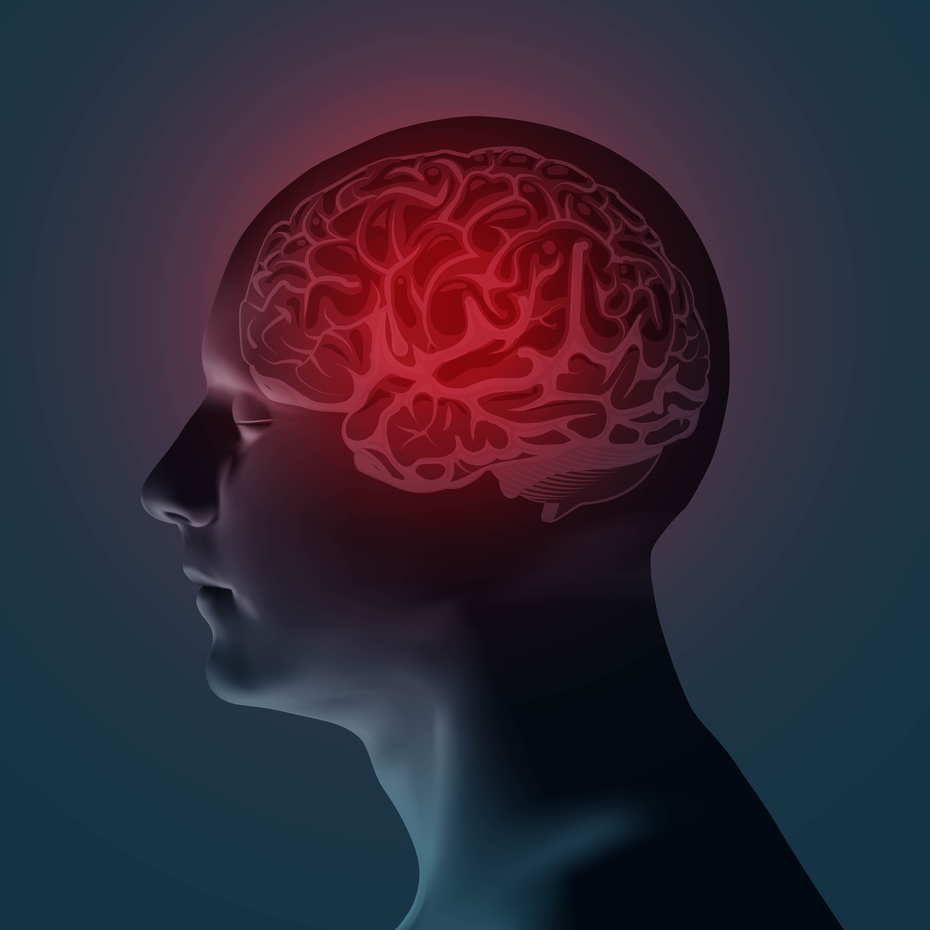Article
Subthalamic Deep Brain Stimulation Improves Tardive Dystonia Long-Term
Author(s):
Decreases in motor and disability scores after surgery persisted for years.

A Shanghai team recently reported evidence of the long-term efficacy and safety of bilateral deep brain stimulation (DBS) of the subthalamic nucleus in 10 patients with tardive dystonia refractory to other forms of treatment.
Bo-min Sun, MD, in the Department of Functional Neurosurgery in Ruijin Hospital at the Shanghai Jiao Tong University School of Medicine led a study by a four-member team from his institution and the Institute of Neuroscience of the Chinese Academy of Science in Shanghai, China.
Whereas the term "tardive" indicates a late or tardy effect, dystonia is a movement disorder in which pathological signals from the brain lead to uncontrollable and often painful muscle spasms that result in abnormal postures or movements. Tardive dystonia is a form of tardive dyskinesia in which the involuntary movements tend to be slow and writhing.
Both movement disorders occur as late side effects of extended use of dopamine-receptor—blocking antipsychotic drugs. Although the development of second-generation, atypical antipsychotic agents reduced the risk of tardive dyskinesia, some risk of this involuntary movement disorder still remains.
Tardive dystonia can include blepharospasm, or eye closure, cervical dystonia, or neck twisting, and oromandibular dystonia, or abnormal movements of the face or mouth, as well as contortion of the trunk or limbs and vocal problems. These symptoms often interfere with activities of daily living and can cause embarrassment, anxiety, and depression.
As a result, tardive dystonia can limit patients’ ability to socialize and work. As many as 70% of tardive dystonia patients have a moderate to severe degree of physical and emotional disability. And once tardive dystonia develops, it tends to persist.
Nevertheless, permanent withdrawal of dopamine-receptor blockers quadruples the chances of remission. And if withdrawal of the causative agent does not result in remission, tardive dystonia can be treated successfully in many cases with oral medications such as valbenazine (Ingrezza), or with injections of botulinum toxin. But no effective treatment for tardive dystonia is well established.
However, research has shown that DBS can improve the motor symptoms of primary dystonia. Therefore, clinicians have also used DBS to treat tardive dystonia when less invasive methods cannot control the disorder.
To provide DBS, surgeons implant electrodes deep in the brain and a battery in the chest to power the electrodes. The aim of this electrical stimulation is to help rebalance movement and control posture.
In the recent Shanghai study, the team used bilateral DBS of the subthalamic nucleus to treat 10 patients with refractory tardive dystonia. They assessed patients with several rating scales at 4 time points: before surgery, 1 week after surgery, 6 months after surgery, and at the final time point for long-term follow-up, as long as 8.75 years after surgery.
As a result of these assessments, the team determined that, at the first follow-up visit 1 week after surgery, motor scores on the Burke-Fahn-Marsden dystonia rating scale (BFMDRS) had improved by 56%, disability scores on that scale had improved by 63%, and total scores on the Abnormal Involuntary Movement Scale (AIMS) had improved by 53%.
By the second follow-up visit 6 months after surgery, BFMDRS motor scores had improved by 87%, BFMDRS disability scores had improved by 84%, and AIMS total scores had improved by 88%. This benefit continued and had plateaued by the final follow-up visit.
At study end, the team found that quality of life assessed by the Short Form Health Survey (SF-36) had improved to a statistically significant degree. Moreover, by the first follow-up visit 1 week after surgery, Hamilton Anxiety Scale and Hamilton Depression Scale scores had decreased to a statistically significant degree, and this decrease persisted throughout the study.
These findings prompted the team to conclude that bilateral subthalamic DBS may be an effective and acceptable procedure for TD, "leading to persistent and significant improvement in both movement and psychiatric symptoms.”
A report on the study, “Long-term follow-up of bilateral subthalamic deep brain stimulation for refractory tardive dystonia,” appeared online in Parkinsonism and Related Disorders.
Related Coverage
Combination Drug Stops Late Parkinson's Progression, Dyskinesia Effects
Conditions of Alzheimer's & Cognitively Impaired Patients Worsened by Diagnosis-related Depression
Study Reveals T Cells' Aggression Against Parkinson's Effects





